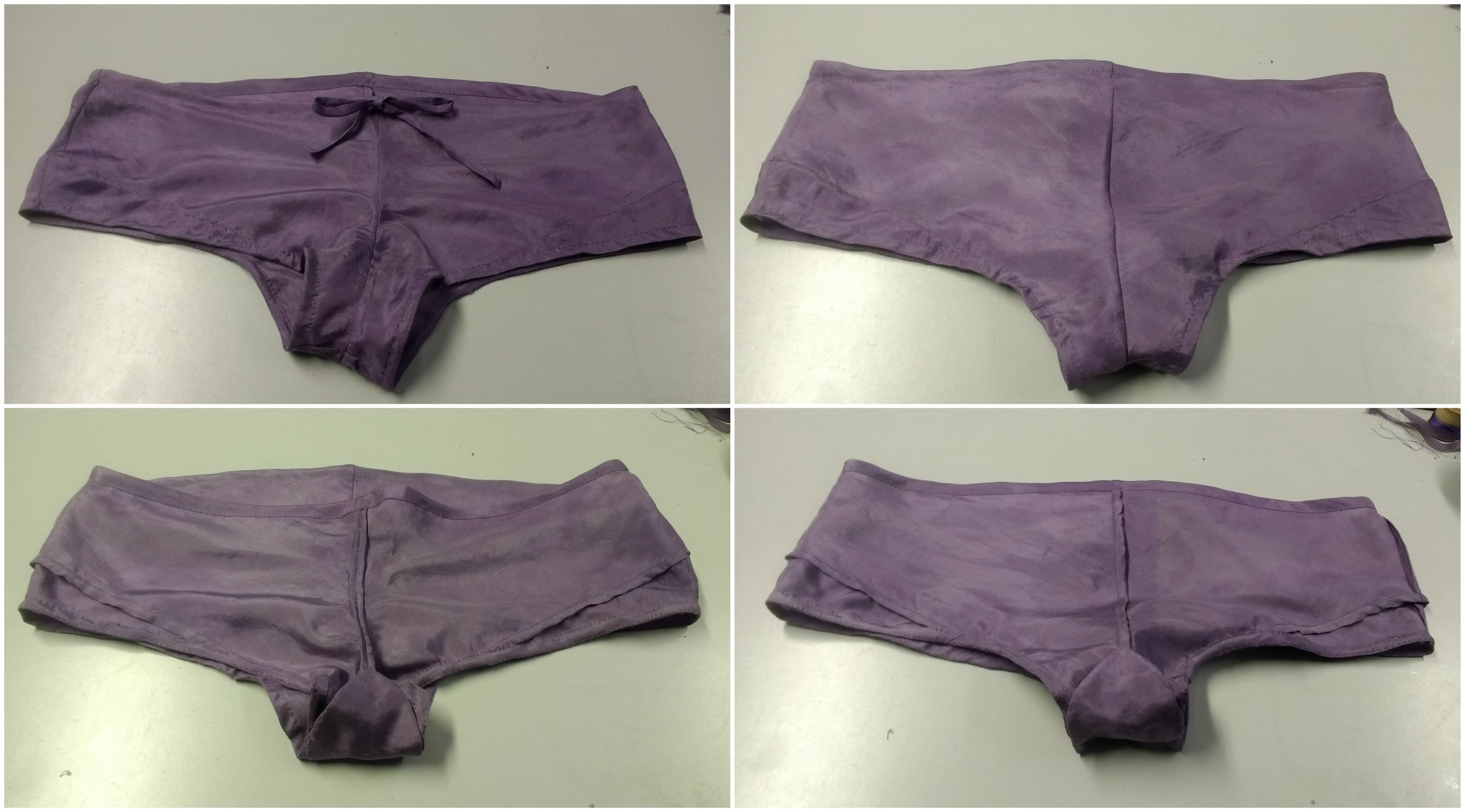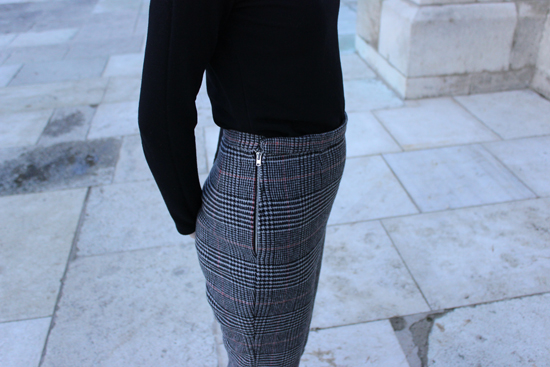Hello all! I'm back to talking about my dissertation today. After I made my bra, it turned out that I didn't have enough of the dyed fabric for knickers as well. I wasn't overly keen on white knickers so I got the dye pot out again. If I'd anticipated this I would have chucked the fabric in with the wool that I dyed with elderberries over the summer to get a beautiful purple. However, this was not anticipated so I decided to experiment with red cabbage for the foremost reason that it was readily available to me in Morrisons supermarket and also very cheap at 80p per cabbage. I thought that I'd have a hard time finding red cabbage that was specifically labelled as grown in the UK so first looked around all the grocers, market stalls and home food shops. They had no idea where their cabbage was from, and when I got to Morrisons I was pleasantly surprised so find their cabbage labelled 'Lincolnshire red cabbage, grown by George Read'. I've popped a picture below of the final product, and then I'll take you through the process.





















